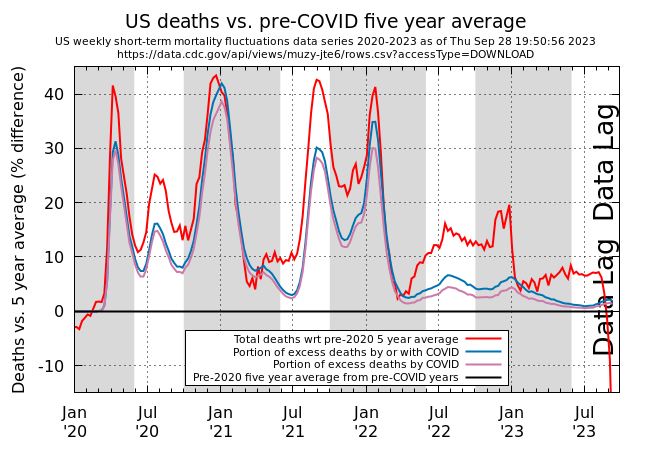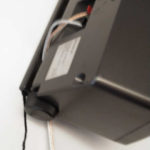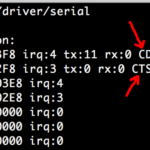Whoa there!!!
I know… I know what you might be thinking. What is a post like this doing in an engineering blog. Engineers are often musicians and writers. Not necessarily great ones mind you, but sometimes when you watch your family during the holidays, words just pop into your head.
Here is a retread of the 400+ year old hymn (We Wish You a Merry Christmas) out for Christmas 2014.
We Wish You a White Trash Christmas
We wish you a white trash Christmas,
We wish you a white trash Christmas,
We wish you a white trash Christmas,
And a tasty cold beer.
Chorus
Good tidings we bring to you and your kin,
We wish you a white-trash Christmas
And a tasty cold beer.
Grandma buys us gifts from offshore,
Grandma buys us gifts from offshore,
Grandma buys us gifts from offshore,
They don’t last one year.
[Chorus]
Grandpa pees with the door open,
Grandpa pees with the door open,
Grandpa pees with the door open,
So we can all hear.
[Chorus]
My cousins bring the main entree,
My cousins bring the main entree,
My cousins bring the main entree,
Its the rump of a deer.
[Chorus]
The in-laws are always fighting,
The in-laws are always fighting,
The in-laws are always fighting,
The kids hide in fear.
[Chorus]
My sis gives the gift of ammo,
My sis gives the gift of ammo,
My sis gives the gift of ammo,
We all can now cheer.
[Chorus]
We wish you a white trash Christmas,
We wish you a white trash Christmas,
We wish you a white trash Christmas,
And a tasty cold beer.
Merry Christmas
Copyright John S. Huggins
You think I’m making the lyrics up?
HahahaHAaah LOL LOL LOL lol… sigh… no 🙁






